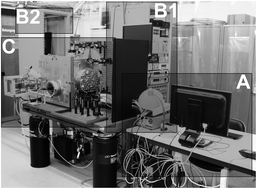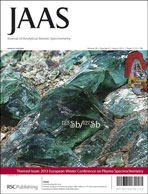Mass spectrometric analysis of elemental and isotopic compositions of several NIST standards is performed by a miniature laser ablation/ionisation reflectron-type time-of-flight mass spectrometer (LMS) using a fs-laser ablation ion source (775 nm, 190 fs, 1 kHz). The results of the mass spectrometric studies indicate that in a defined range of laser irradiance (fluence) and for a certain number of accumulations of single laser shot spectra, the measurements of isotope abundances can be conducted with a measurement accuracy at the per mill level and at the per cent level for isotope concentrations higher and lower than 100 ppm, respectively. Also the elemental analysis can be performed with a good accuracy. The LMS instrument combined with a fs-laser ablation ion source exhibits similar detection efficiency for both metallic and non-metallic elements. Relative sensitivity coefficients were determined and found to be close to one, which is of considerable importance for the development of standard-less instruments. Negligible thermal effects, sample damage and excellent characteristics of the fs-laser beam are thought to be the main reason for substantial improvement of the instrumental performance compared to other laser ablation mass spectrometers.

You have access to this article
 Please wait while we load your content...
Something went wrong. Try again?
Please wait while we load your content...
Something went wrong. Try again?


 Please wait while we load your content...
Please wait while we load your content...